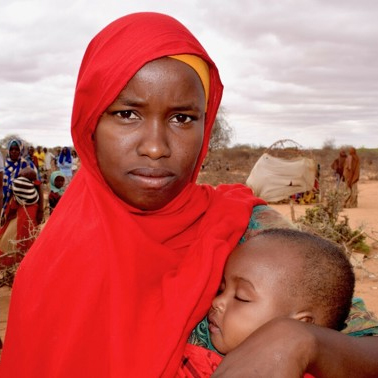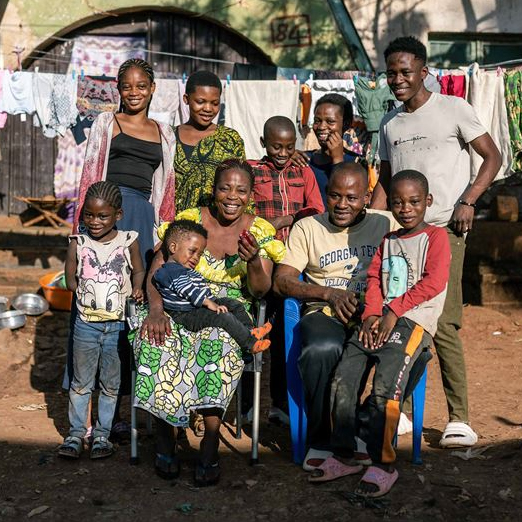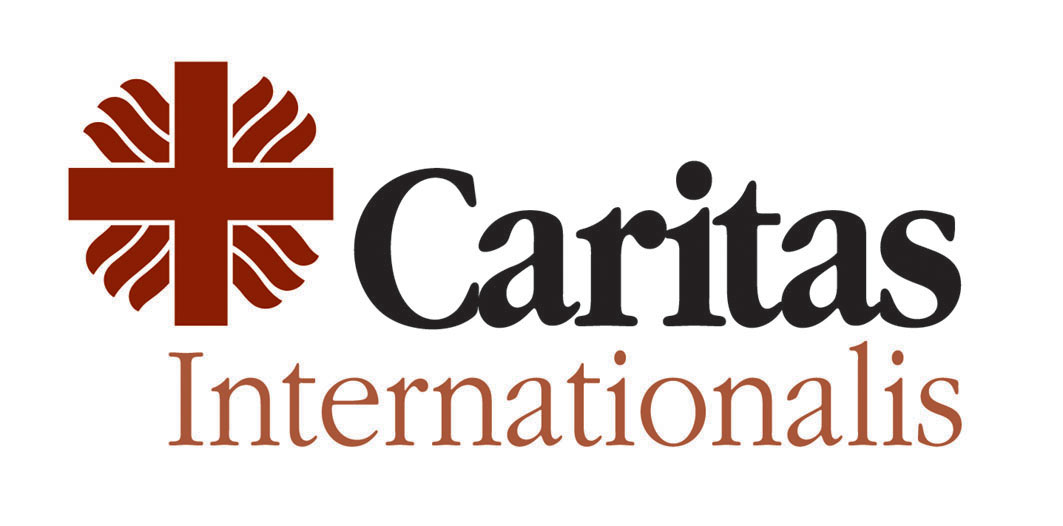At COP30 Caritas Australia, Caritas Oceania and Caritas Latin America and the Caribbean launched a new report: Rising Tides, Rising Debt.
Working across the Caritas family, what became clear is that The Pacific and Latin America and the Caribbean have much in common: extraordinary biodiversity, deep cultural heritage, and, tragically, the twin crises of climate vulnerability and unsustainable debt.
In the report this is referred to as the climate-debt trap, where the nations least responsible for climate emergencies are borrowing to survive their impacts under unfair terms that push them deeper into debt. It is a cycle that undermines resilience, erodes dignity, and makes climate-vulnerable nations pay twice for a crisis they did not create.
Pacific Island countries, for example, contribute less than 0.03% of global emissions yet face existential threats from rising seas and stronger cyclones. Meanwhile, countries in Latin America and the Caribbean endure droughts, hurricanes, floods, and wildfires, while carrying public debt levels averaging 70% of GDP.
When disasters strike, their governments must borrow anew, diverting funds from health, education, and adaptation. This report draws attention to this issue not just as an economic failure, but as a moral one too. It also documents how climate finance, intended to build resilience, often arrives as loans, creating these debt crises.
In Latin America, 81% of multilateral climate finance is loan-based, amplifying debt risks instead of reducing them. The finance is not only poorly structured, but also insufficient. In the Pacific, the annual adaptation need is estimated at $1.5 billion USD, yet actual inflows range from $200–600 million - mostly as loans.
Unfortunately, the relatively weak financial position of these countries is compounded each time disaster hits, as they simply do not have the financial resources to manage them.
For context, the 2019 Black Summer Bushfires - the worst natural disaster in Australian history - cost Australia just 10% of its GDP that year. Compare that to Cyclone Pam in Vanuatu in 2015, which caused damage amounting to 64% of GDP, or Cyclone Melissa that hit the Caribbean just weeks ago which is estimated to have caused damage in the region of 30-50 percent of GDP.
These shocks therefore inevitably force governments into a “double bind” – whereby their climate vulnerability erodes their fiscal budgets, while debt burdens limit their ability invest in adaptation that might prevent or reduce these disasters.
In this Jubilee Year, Caritas felt compelled to explore this issue under the mandate to Turn Debt into Hope. We hope this report offers a roadmap for doing just that, through urgent reforms such as:
-
Grant-based climate finance instead of loans, so vulnerable nations do not pay twice for a crisis they did not cause.
-
Debt cancellation or restructuring for countries facing climate-related losses, including the automatic suspension of debt service after disasters.
-
Recognition of ecological debt, which is the environmental cost owed by high-emitting nations to those most affected.
As Pope Francis reminds us in his 2025 World Day of Peace message: “Foreign debt and ecological debt are two sides of the same coin - the mindset of exploitation that has culminated in the debt crisis. In the spirit of this Jubilee Year, I urge the international community to forgive foreign debt in recognition of the ecological debt existing between the North and the South.”
Our hope is that this report strengthens the moral and practical case for a global financial system that serves life, not the other way around - because debt cannot and should not be a barrier to climate justice.
We invite you to read, share, and act on these recommendations, because solidarity, not debt, should define our response to the climate crisis.
The lungs of the earth - the Pacific Ocean and the Amazon - cannot breathe under the weight of financial injustice. But together, we can work towards resilience in these regions that is not built on debt, but on dignity, justice, and hope.

















